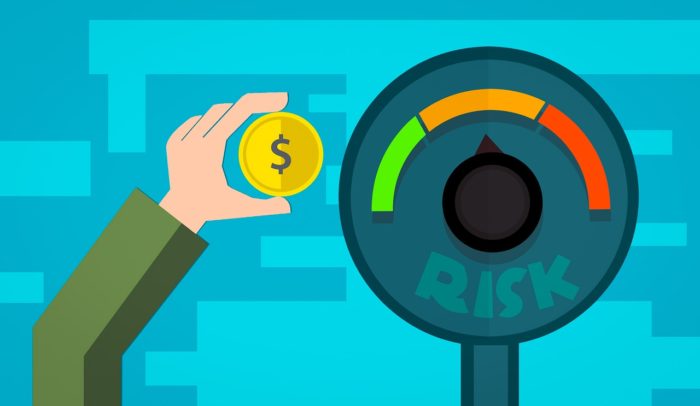Risk Management for Businesses: Do You Have a Plan?

Blog
Today, it’s of no surprise — or even doubt — that business owners will face and have to deal with risks of almost every form and fashion. Of course, right now, many are wrangling with the challenges the rapidly evolving coronavirus is bringing, along with the corresponding stock market uncertainty it’s causing.
Yet, while that is a good example of a large-scale, external, risk that organizational leaders and managers must, well… manage, “risk” in regard to business, is much more expansive.
What exactly is “risk?”
Let’s define it.
“A risk can be defined as an event or circumstance that has a negative effect on your business, for example, the risk of having equipment or money stolen as a result of poor security procedures. Types of risk vary from business to business.” (Source HERE)
Specific categories of risk might include:
- Strategic
- Compliance
- Financial
- Operational
- Environmental
- Reputational
No matter the type of risk you are facing, it’s going to be easier to act efficiently and effectively — rather than just react on the fly when emotions and stress are running high — if you have created a well-thought-out risk management plan in advance.
One of the most important reasons for having a risk management plan is business continuity. This means that you have a plan for ensuring your business can stay operational, no matter what risk or risks it is facing.
So, how can you prepare a risk management plan ahead of facing actual risk?
ID Potential Risks
Start by asking yourself what risks your business might face, that could threaten its ability to function well or even, properly. You might think back to previous situations where you have faced obstacles or threats to your business in the past. What did you learn? What did you wish you had known, or prepared, to mitigate the impact of the obstacles or threats you had to deal with and address? It’s often helpful to ask yourself and even other managers or staff, “What if?” questions. Examples might be:
- What if a utility went out?
- What if you or your employees couldn’t get to — or weren’t allowed to go to — your office or place of work?
- What if there was weather or some other natural or environmental disaster that prevented your office place, or your employees, from being “fully operational?”
- What if your technology systems were compromised or failed?
- What if your files (paper or electronic) were compromised or lost?
- What if you — or another key staff member — had to be out of access or commission for some period of time?
Evaluate the Impact of the Risks
Next, you need to know if the risk (or risks) is (or are) really worth worrying about or planning for in the first place? How likely is it that each of the risks you identified would occur? And if it did, what would happen? How significantly would it effect your business?
Decide How You Will Manage the Risk
Can you prevent the risk(s) from happening with proper planning? Or if you can’t prevent it totally, can planning for it help you to lessen any potential negative impact? For instance, can you get additional training for yourself or staff so that dealing with the risk would be easier or have a more desirable outcome? Even better, can you “transfer the risk” by assigning some of it to another party, such as with insurance?
Review and Reassess
Once your risk management plan is created, you will need to regularly evaluate and assess its effectiveness now and over time.
If you do all the above, while you can’t always prevent or avoid risk, you can help yourself and your business be as prepared as possible. That way, hopefully, your business will continue to survive and even thrive, after the risk or risks is/have passed.
